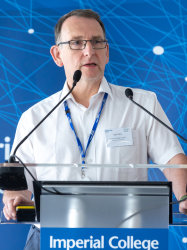BibTex format
@article{Sharma:2018:10.1039/c8ay00264a,
author = {Sharma, S and El-Laboudi, A and Reddy, M and Jugnee, N and Sivasubramaniyam, S and El, Sharkawy M and Georgiou, P and Johnston, D and Oliver, N and Cass, AEG},
doi = {10.1039/c8ay00264a},
journal = {Analytical Methods},
pages = {2088--2095},
title = {A pilot study in humans of microneedle sensor arrays for continuous glucose monitoring},
url = {http://dx.doi.org/10.1039/c8ay00264a},
volume = {10},
year = {2018}
}

